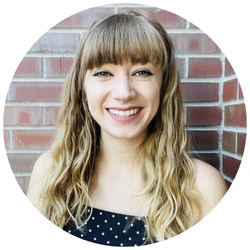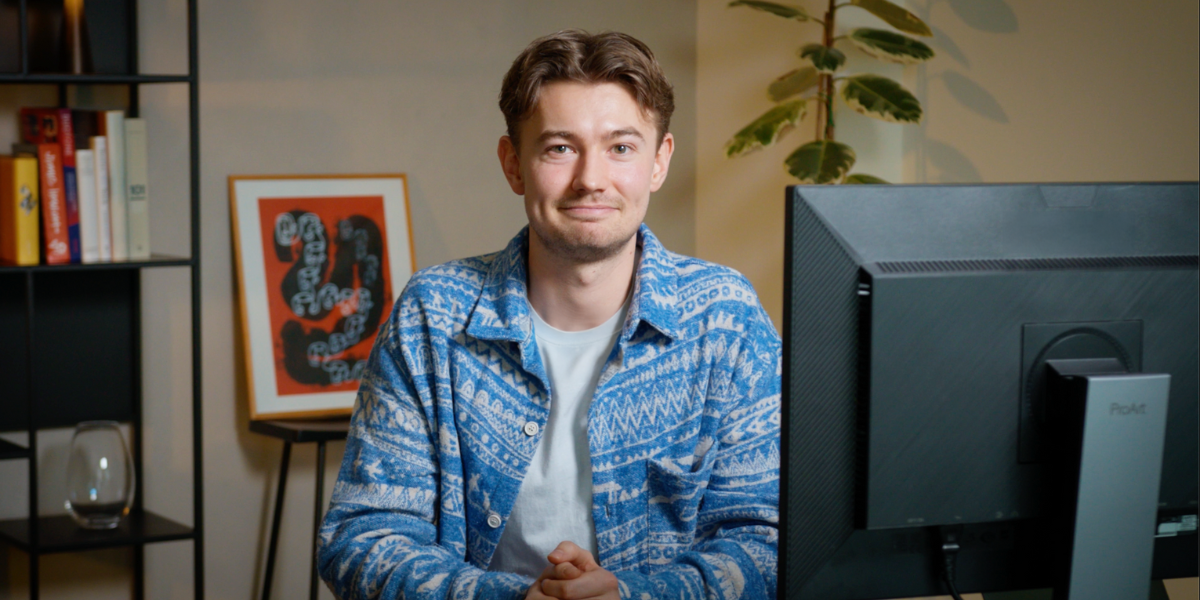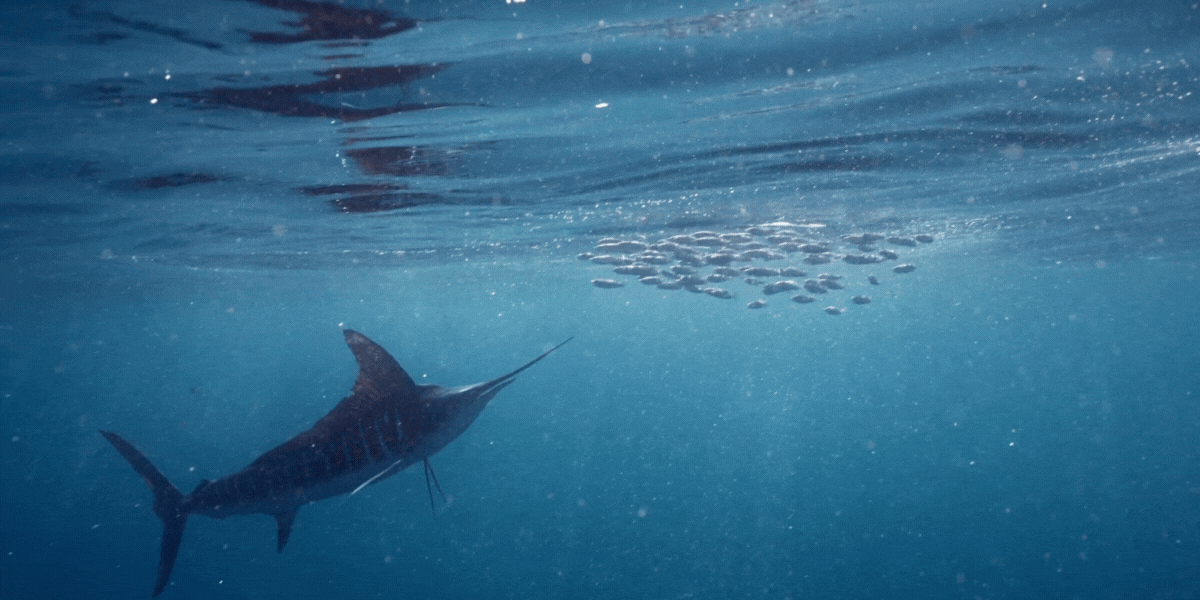Right now, the choice for a writer to use artificial intelligence (AI) or not has been largely a personal one. Some view it as a killer of creativity, while others see it as an endless well of inspiration.
But what if, in the future, your choice had larger implications on the state of literature as a whole?
This is the question that’s being raised from a new study by the University of Exeter Business School: If you could use AI to improve your own writing, at the expense of the overall literary experience, would you?
Let’s explore some context before you answer.

The Set Up
The 2024 study recruited 293 writers to write an eight-sentence “micro” story. The participants were split into three groups:
- Writing by human brainpower only
- The opportunity to get one AI-generated idea to inspire their writing
- The opportunity to get up to five AI-generated ideas to inspire their writing
Then, 600 evaluators judged how creative these short stories were. The results confirmed a widely accepted idea but also offered a few surprising findings.
Prompts from AI Can Jumpstart the Creative Process
Right off the bat, the reviewers rated the AI-guided stories as being more original, better written, and more enjoyable to read. (Interesting to note that they did not find them funnier than the fully human-inspired stories.)
This actually isn’t that surprising. Most writers know the “blank page dread” at the beginning of a project. Even as I write this, I can’t help but wonder, “If I had been tasked with writing an eight-sentence story, what the heck would I have written about?”
Many writers share this sense of needing to pick the “right” story to tell. And that uniquely human concept of perfectionism can end up actually inhibiting our creative process.
A prompt, then, can help us quickly clear this mental hurdle. To test this, I’ll give you one, courtesy of ChatGPT: “Write a story about a teenager who discovers a mysterious journal that reveals hidden secrets about their town, leading them on an unexpected adventure to uncover the truth.”
Can you feel your creative juices flowing already?
Since its release, AI has been celebrated for its ability to assist in idea generation; and this study confirms how effective using artificial intelligence in this way can be for writers — some, it seems, more than others.
AI-Generated Ideas Helped Less Creative Writers More
It doesn’t feel great to judge a writer’s creative prowess, but for this study, researchers needed to do just that. Prior to writing their short stories, the writers took a test to measure their creativity.
Researchers found that those considered less creative did substantially better when given AI-generated ideas — to the point where getting the full five ideas from AI “effectively equalizes the creativity scores across less and more creative writers.”
This isn’t the case just for writing. Another study by the National Science Foundation Graduate Research Fellowship WZ also found that AI tools most benefit employees with weaker skills.
So is AI leveling the playing field between okay and great writers? It seems it may be. But before we lament, there’s one more finding that proves using AI isn’t all perks.
AI-Aided Stories Were More Similar — And Needed to Be Credited
The researchers took a step back to look at all the AI-supported stories collectively. And what did they find?
The AI-assisted stories were more similar as a whole, compared to the fully human-written stories.
Additionally, when reviewers were told that a story was enhanced by an AI idea, they “imposed an ownership penalty of at least 25%,” even indicating that “the content creators, on which the models were based, should be compensated.”
This leads us to that all-important question about AI-assisted work: who owns the content?
According to Originality.AI, an AI and plagiarism detector, “When there’s a combination of AI and human-generated elements, the human elements may receive copyright protection if they meet the requirements.”
So right now, if a writer uses AI to generate ideas — but writes the content themselves — they retain rights to the work.
However, Originality.AI even admits that “the legal system is having a hard time keeping up” with the rapid adoption of artificial intelligence. Time will only tell what AI regulations will look like in a few years.
What Does an AI-Assisted Literary Future Look Like?
The researchers from the University of Exeter Business School study raise an interesting point about what the future landscape for writers may look like. If droves of authors begin using AI to come up with ideas, we may end up with a lot of well-written yet dime-a-dozen stories.
So will human beings choose the easier, but less diverse, path? Or will we stick to fighting through writer’s block armed with nothing but our own brain?
Or, a third option: can we somehow learn to harness AI to supercharge our writing process without sacrificing the wholly unique creativity that infuses human creation?
That’s one question that even ChatGPT can’t answer.




























